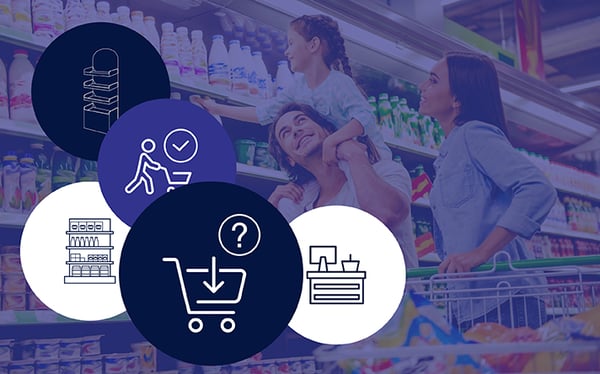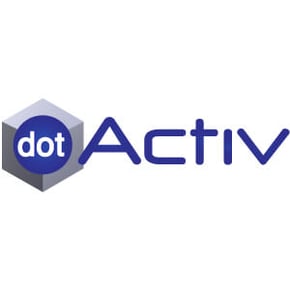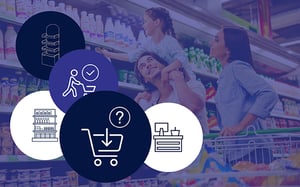
Impulse buying occurs when consumers purchase items that they weren’t intending on purchasing. There are a number of reasons why consumers impulse buy including the characteristics of the consumer, visual merchandising techniques and consumer’s time availability.
Furthermore, there are numerous factors that affect impulse buying. From intrinsic values such as a sense of control and desire to extrinsic factors such as sales, displays and promotional lines. When speaking about impulse buying, it is important to consider the demographics being targeted and how best to capitalize on these factors.
![]()
What is impulse buying?
Impulse buying is the purchasing of items without planning to do so in advance. These purchases result from a spontaneous urge that arises within a consumer to buy. The process of impulse buying begins when individuals browse for products without intending to purchase.
They are exposed to stimuli and thus feel an increased desire to purchase. The increased desire to impulse buy is usually focused on a specific product, and the aforementioned feeling generally lasts momentarily. Consumers with this feeling will often purchase a product without evaluating the potential pros and cons of said product.
![]()
Why do people impulse buy?
Research findings suggest that impulse purchasing is influenced by numerous factors, namely internal, external and situational factors. We describe some of these factors below.
1. The characteristics of a consumerIn today’s age of retail, we all live by the mantra: the customer is always right. This approach to sales has led customers to feel an increased sense of control. This newfound sense of control leads customers to be more trusting of the decisions they make, thus increasing the likelihood of an impulse purchase.
In addition to this, the modern generation can be characterised as having a need for instant gratification. This need for immediate satisfaction in combination with the trust that a consumer feels within themselves leads to higher probabilities in impulse buying. They not only trust themselves to make the right decision, but they have an increased need to satisfy an impulse. Consumers may also exhibit a trait or a tendency to engage in impulsive buying.
2. Visual Merchandising
Another factor that affects the likelihood of impulse buying is visual merchandising. Visual merchandising in essence refers to the manner in which products are displayed, the layout of the store, the colours and décor present, and the overall atmosphere that the aforementioned factors create. The main goal of visual merchandising is to make the store as customer-friendly as possible whilst also displaying products in a manner that receives as much viewing time as possible.
Furthermore, the way in which one’s store is set up should entice consumers to enter the store as well as provide the consumer with the sense that your store has what they desire.
3. Time availability
This factor greatly influences a consumer's purchasing tendencies. The more time a consumer has available to shop, the more likely they are to browse the store. This browsing could potentially lead the consumer to a product that they didn’t intend on buying, however, upon examination decided that it was a product they needed.
![]()
How Can Your Store Capitalise on Impulse Buying?
Impulse buying can more likely be instigated as a result of visual merchandising. Further capitalisation of impulse buying can be made possible through the implementation of a plethora of different methodologies such as impulse lines at checkout counters. Including promotional lines on gondola ends and side panels, using dump bins and other displays to catch attention and creating a shopper-friendly environment.
1. Impulse lines at checkout counters
An impulse line is a set of merchandise on display right before the consumer reaches the sales till, for example, this can be seen by the snacks on display that consumers walk through in order to arrive at the checkout counters. The implementation of impulse lines can increase the probability of impulse buying, as the customer is already in a purchasing mood when they are confronted with the various merchandise presented to them.
2. Promotional lines on gondola ends and side panels
Items are constantly being placed on promotion for numerous reasons. When stores place specific items on promotion they ensure that they have sufficient signage to increase the chance of customers seeing the items.
Promotional lines are typically placed on gondola ends and side panels. This is done in a strategic manner to guarantee that consumers walk past the display as they manoeuvre through the aisles of the store.
Discounts on products can entice even the most disciplined shoppers to stop and browse. Discounts and promotions entice consumers to impulse buy. The consumer believes that they may have received the better end of the deal when in fact they may not have purchased said product if it wasn’t on promotion. Therefore, resulting in making unnecessary purchases.
3. Dump bins and displays
Dump bins are basket displays placed throughout the store. Dump bins are relatively large displays, therefore placing them around the store increases the chance of a consumer seeing the merchandise displayed.
Furthermore, dump bins are usually filled with merchandise that is on promotion, thus further enticing a customer to commit an impulse purchase.
Another display that could be implemented is general merchandise tables which are flat displays showcasing general merchandise. This makes it easier for the consumer to see the products and encourages browsing which could potentially lead to an impulse buy.
Conclusion
DotActiv Lite, Pro, and Enterprise are all different versions of our category management software that allows you to drive category performance. All three editions come standard with access to planogram generation, planogram reporting, technical support, access to DotActiv Academy and one-on-one training. You can visit our online store here or book your free custom exploratory consultation here.


